Killing with the Pen: Stephen King
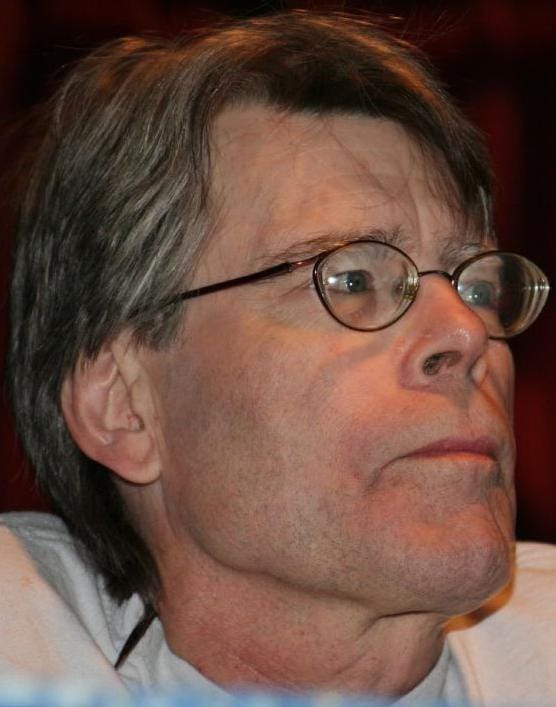
When classic books are mentioned, often one thinks of Little Women or Charlotte's Web, but little thought goes to the horror psychology ‘classics’ involving blank-eyed twins, an undead 2-year-old, and a clown. All these prolific nightmares, the mastermind of Stephen King. Science and psychology concoct together to throw King onto the throne out of reach of other horror writers. The success of these novels are shrouded in mystery. What is the truth behind them? First, Stephen King.
One hopes that King lived a genial childhood, but insisting upon this deceives the reader. When Stephen was only 2-years-old, his father separated from the family. With meagre wages, King had an itinerant childhood, and at the age of eleven, moved back to Portland, Maine, where he witnessed his grandparents perish. King brushed aside these sorrowful memories, including a train accident, and channelled them in his novels to contain himself; another reason he chose horror psychological books. His first psychological work, Carrie, was released in 1974. King's work is all a runaway success despite his terrible childhood. The secret to his success lies in leveraging his experiences to produce captivating psychological depictions. This perhaps few can achieve.
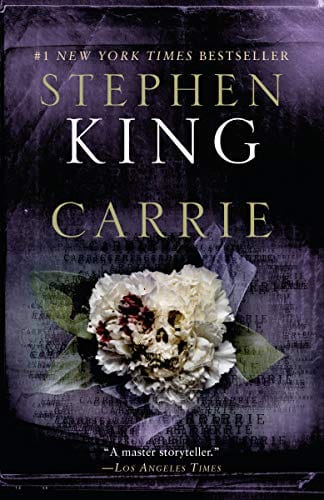
Horror stories are in the DNA of Stephen King, though he is noted for the psychology depicted in his novels. Stephen King and his novels are diagnosed with obsessive-compulsive behaviour or borderline personality disorder - the state of having irrational fears. Almost all King books are based on harm or harm avoidance, where all characters suffer from at least one condition, such as Annie Wilkies. In IT, the clown is a living personification of obsessive-compulsive disorder as clowns serve for entertainment thus proposing no harm or dragging children into sewers. The short fiction, N, also recalls the accounts of a diagnosed accountant. The Shining depicts the results of alcoholism and the pain it produces, alongside schizophrenia, in which sufferers hallucinate and lose control. Psychology is ticked, but terror and the purpose of horror requires attention.
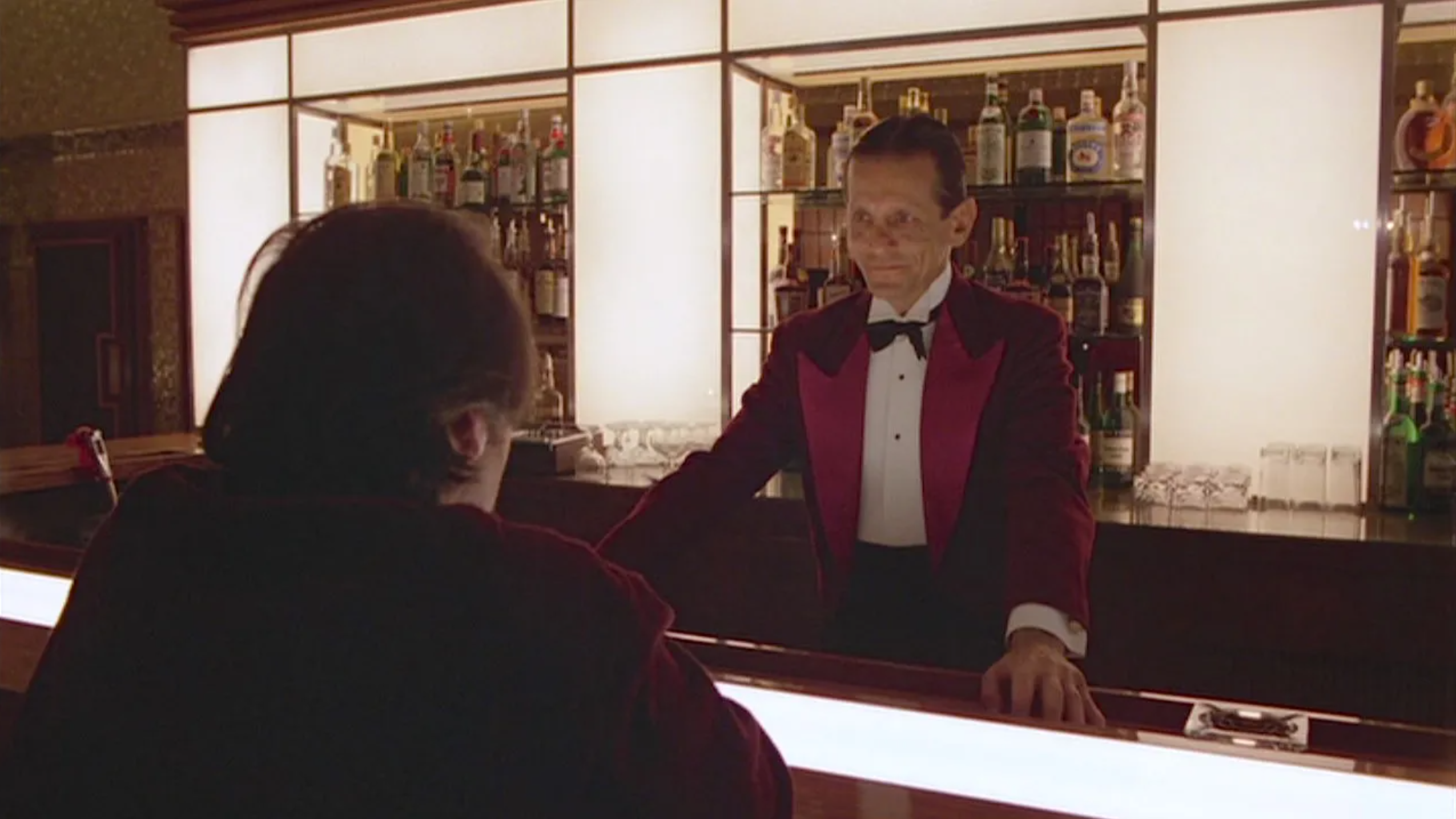
According to the legend, Stephen King, there are 3 types of terrors: gross-out, horror, and terror. The gross-out encapsulates phobias of spiders, adrenaline rushes, and body horror: the sight of a severed head tumbling down the shadowed steps of the basement into darkness. Horror relates to the carnivorous carnivals, possessed children's toys, and clowns repeating, “You'll float too.” This is the sight of the dead waking up, and clawed hands wrapping around the head. Terror is similar to horror but with one exception: terror is an overestimated horror: every household item is replaced by one mirror in a midnight shade house with one to speak to. Or two. The light flickers, the door is locked, and something steps behind one. Its breath invades the ear. However, when the head turns, there's nothing there. The fact King writes horror novels with voracity is a mythical extraneous fact. He writes for 2 reasons: when King was a child, he played with a 4-year-old friend, who was run over by a freight train. He was too appalled to speak and therefore wrote to fight his inner conflict. Likewise, King has innumerable fears, many irrational: the action to fight fear with fear was popularised by King. By writing horror novels, King was able to confide in his memories, various thoughts and being proud of having overcome such challenges and comparing them to today. These horror novels are a metaphor for autobiographies.
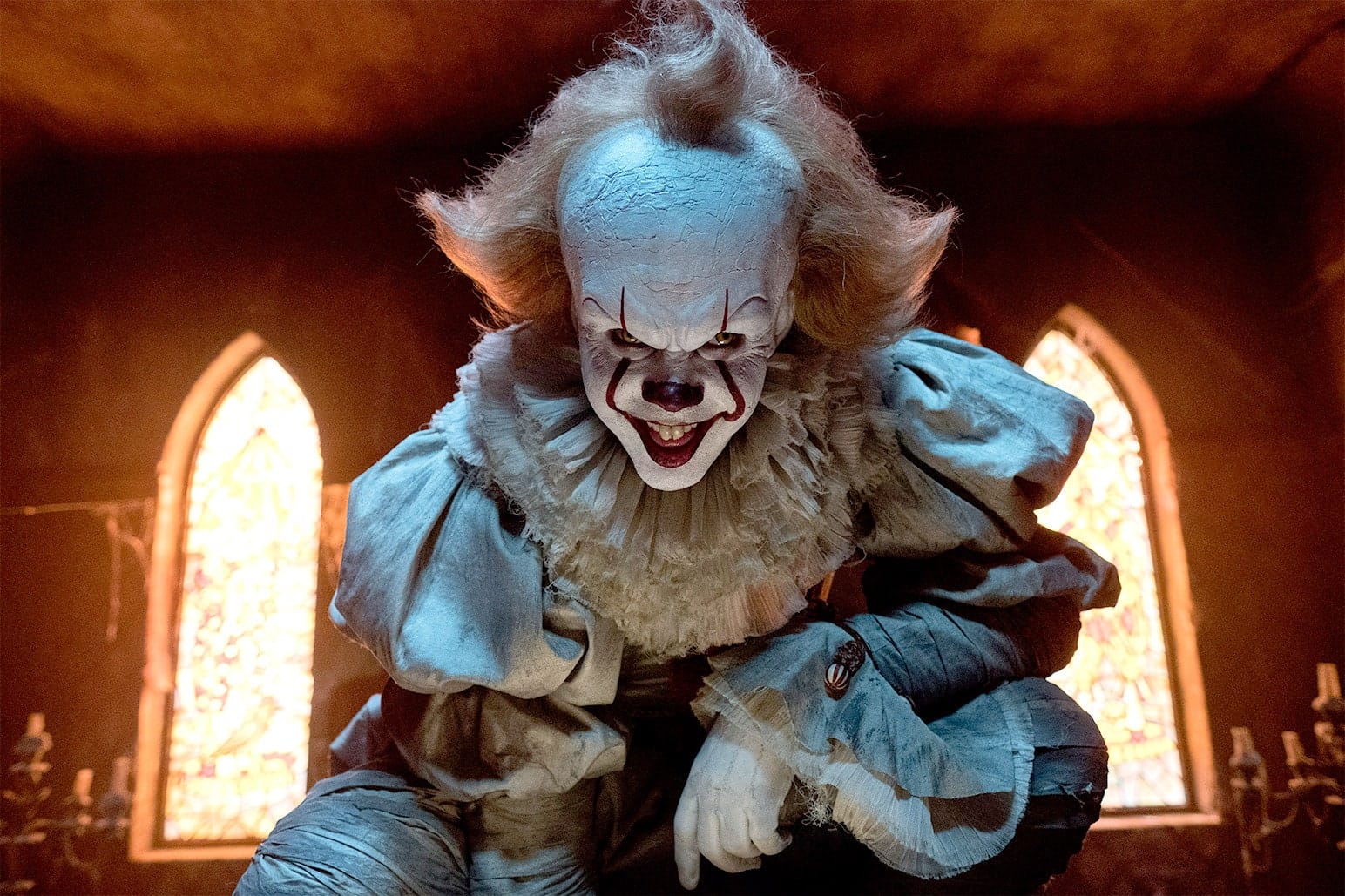
From the inception of his career, King was waived as a simple genre writer often compared to the weather. Nonetheless, as an inordinate number of novels were published, critics sending the door jumping over the moon, shivering at the sight of hotels, clowns, and bathtubs, the horror doctor was under exigent circumstances. Though deemed ‘The King of Horror’, King believes the key weapon to fear is fear. Humanity is afraid to mention such horrific subjects as they are inculcated to believe no such bugbear fear; our deepest fears are reflections of ourselves. The real fear lies in the innocent human.

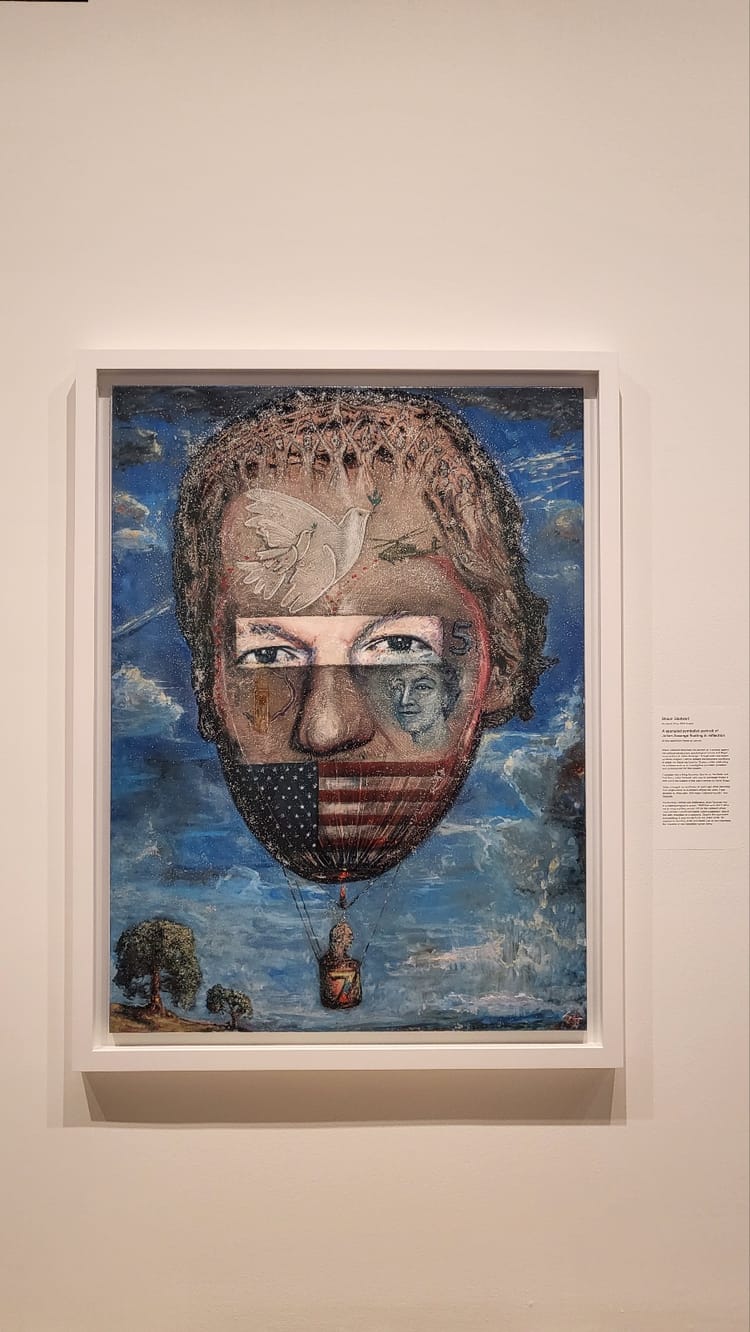
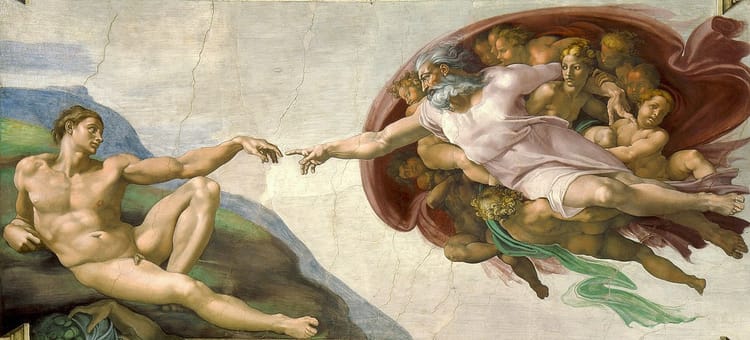
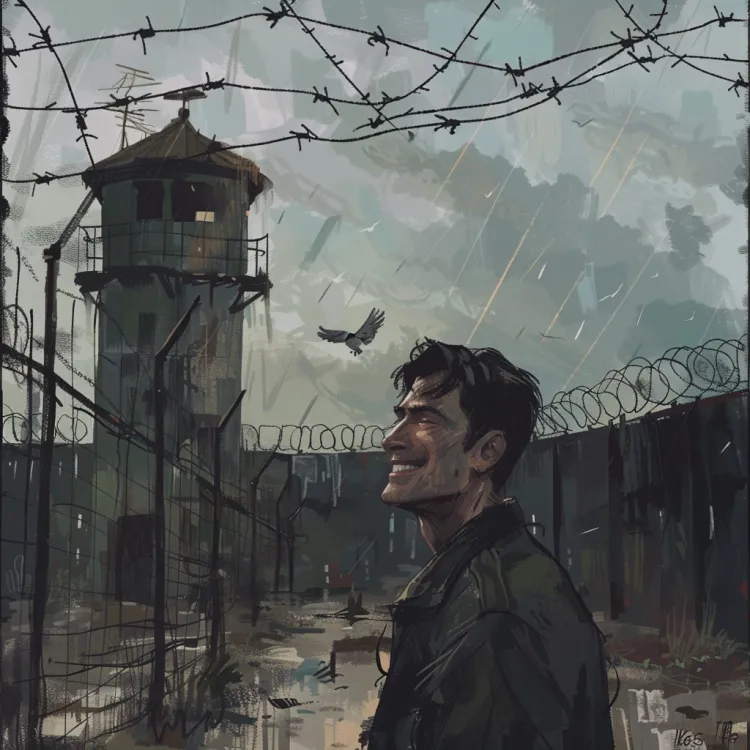

Member discussion